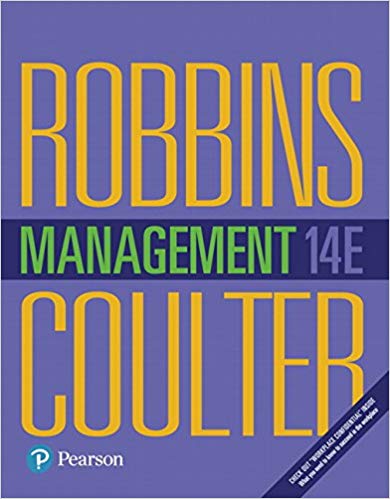Question
Student Project Plan Planning Stage (Plan the Project) What deliverable are you planning with this document? Refer to your Defining Stage, above. Each deliverable will
Student Project Plan
Planning Stage (Plan the Project)
What deliverable are you planning with this document? Refer to your Defining Stage, above. Each deliverable will have its own planning documents. Some projects will only have one deliverable, which is the same as the project goal.
Deliverable: _______________________________________________________________________________
Planning your project is an important step, one that saves time and frustration in the long run. Through the Planning Stage you are working through and solving problems before they come up. During planning, you will work through several important questions, helping you make decisions about how you will carry out the project. The Quality & Risk Manager can help to ensure that the success measures are aligned with the project's goals.
A. Success Measure(s)
The method you will use to determine if you have been successful in meeting your deliverable. The measures may be quantitative and/or qualitative.
What are your success measures?
B. Sequencing and Scheduling
The Time Manager should lead the development of the project schedule. The Project Manager should have the final approval of the schedule.
Milestones are the critical points in a project's timeline that help you monitor if your project is remaining on schedule.Completing a deliverable will always be a milestone, but there will often be other critical points leading to the deliverable that should also be named as milestones. Type out your milestones as a statement of what you will have accomplished. You may have one or more milestones for each deliverable.
What are your milestones for this deliverable?
Milestone 1: __________________________________________
Milestone 2: __________________________________________
Milestone 3: __________________________________________
Activities are things you need to accomplish to meet your milestones, leading to completing the deliverables.
Sequential activities are those activities that cannot be completed until another activity is complete.
Concurrent activities are those activities that can happen simultaneously.
What are your activities for this deliverable, and which are sequential and which concurrent? List these on the back of this sheet or on the individual note cards/sticky notes provided. Mark each with an "S" or a "C" for sequential or concurrent.
Tasks are individual to-do items. Usually there will be multiple tasks for each activity. What are your tasks to complete each activity? List these on the back of this sheet or on the individual note cards/sticky notes provided.
Discuss how long you need to allow for completing each activity and task.Record that on the back of this sheet or on the individual note cards/sticky notes provided.
Work Time: This is how long it will actually take to do the activity or task.
Elapsed Time: This is how long it takes for part or all of the activity or task to be complete.
Sequencing is putting milestones, activities, and tasks in the order they will be completed. What order do the activities and tasks need to follow so you can meet your deliverables? Combining your milestones, activities, tasks with sequencing, work time, and elapsed time will give you a schedule for your project. Use the chart below to record your project sequence. A number of software products are available to help sequence and schedule a project.You can find one source at http://www.ganttproject.biz/
You can either use this source or one of the sources I have provided.
| Milestone: insert milestone number at the appropriate date | ||||||||||||||||||||||
| # | Activity or Task (list below) | |||||||||||||||||||||
C. Resources Needed (Use the template I provided)
Resource planning means considering all the things that you will need to complete the project. This might be money, space, supplies, or materials. The Quality & Risk Manager can lead this. Different groups may require similar resources so it is important the Communication Managers from each group communicate and work together.
| Resource Needed (list each separately) | How You Will Acquire It |
D. Risk Management Plan (Use the template I provided)
Managing risk means reducing the likelihood and/or impact of negative events. The Quality & Risk Manager should lead the development of the plan.
How will you manage the risks to your project?
- Indicate risk level
- L = Low
- M = Medium
- H = High
- Area of Impact
- R = Resources
- T = Timing
- S = Scope
- Q = Quality
| What might go wrong? | Risk Level | R | T | S | Q | How to prevent it or fix it |
Step by Step Solution
There are 3 Steps involved in it
Step: 1

Get Instant Access to Expert-Tailored Solutions
See step-by-step solutions with expert insights and AI powered tools for academic success
Step: 2

Step: 3

Ace Your Homework with AI
Get the answers you need in no time with our AI-driven, step-by-step assistance
Get Started


